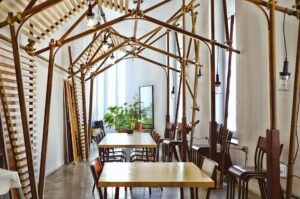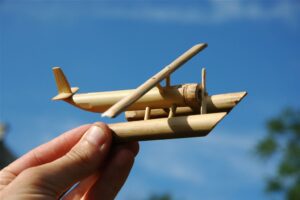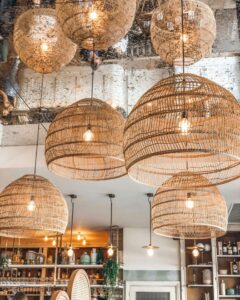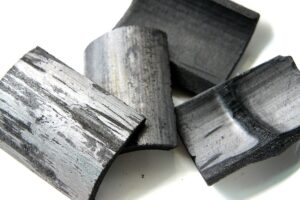Bamboo’s fascinating history spans centuries and includes information on its growth, variety of uses, cultural significance, and contemporary applications.
Bamboo is a grass family member that grows widely across the globe in a variety of climates. Its fast growth cycle makes it one of the fastest-growing plants on Earth; some species can grow several feet in a single day. Bamboo can grow in a variety of settings, including tropical and temperate climates.
Bamboo has always been an essential component of human civilization, particularly in Asia. Due to its adaptability, it was used in construction, tools, paper, textiles, musical instruments, and art, among many other applications. Because of its abundance, strength, and flexibility, it was valued as a resource across many cultures.
Bamboo holds deep cultural significance in many societies. It symbolizes resilience, longevity, and prosperity in Asian cultures, often featured in folklore, art, and traditional practices. It’s also associated with sustainability and adaptability.
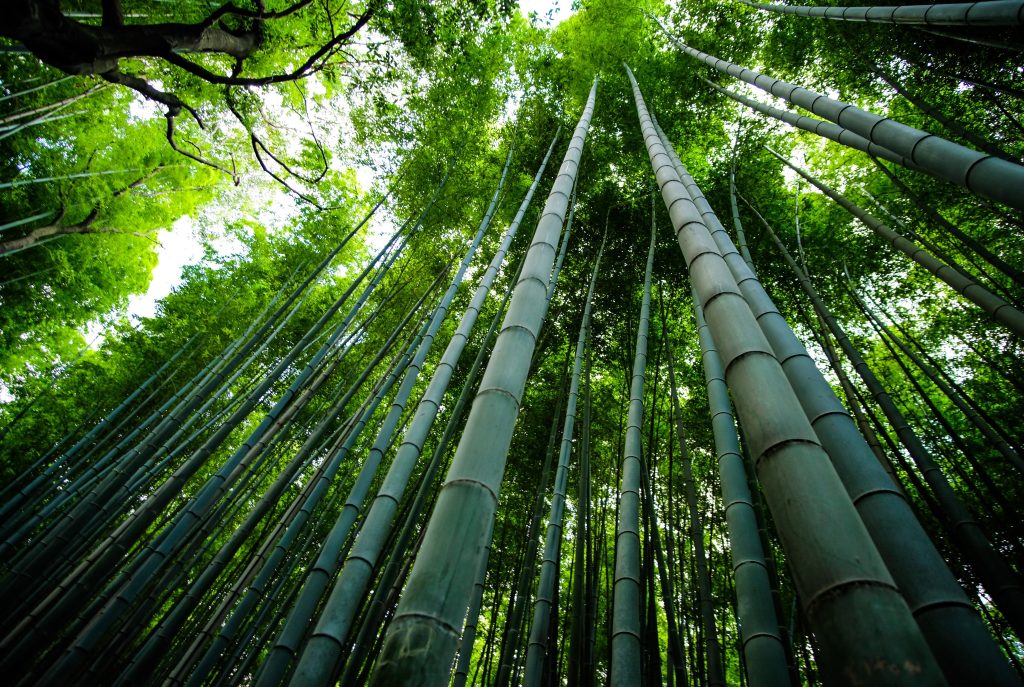
Bamboo Cultivation
The process of turning a bamboo plant into a variety of environmentally friendly products takes place over a number of stages.
The first step in the procedure is bamboo cultivation, which entails creating and maintaining bamboo groves. Bamboo is a crop that is good for the environment because of its quick growth and lack of need for fertilizer or pesticides.Bamboo culms are harvested carefully once they reach maturity, depending on their intended use. Sustainable harvesting methods guarantee that there is no negative environmental impact, enabling bamboo to regrow.
Bamboo Processing
Processing is done to the bamboo after it is harvested. It is treated to increase strength, durability, and resistance to mold and pests after being cut into the proper lengths. Boiling, drying, or carbonization are examples of possible processes.
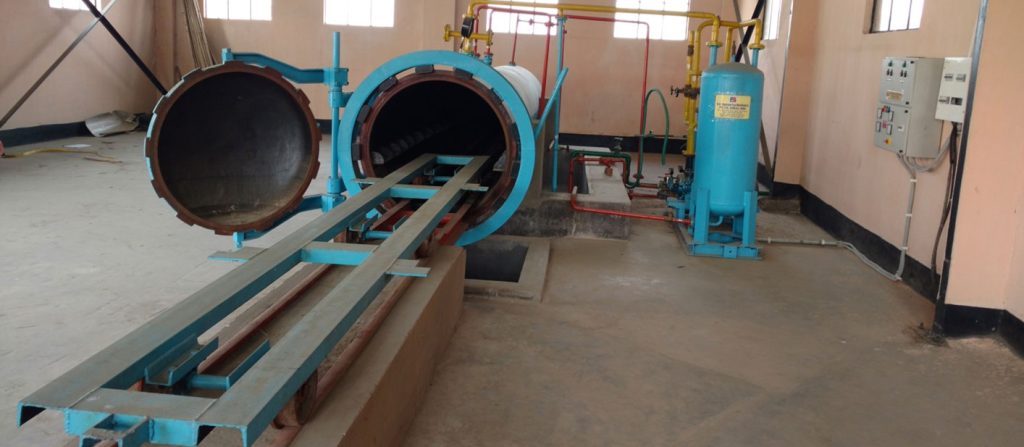
Bamboo Products
After processing, bamboo is made into a variety of goods. Bamboo is expertly crafted into furniture, flooring, textiles, kitchenware, handicrafts, and more by contemporary manufacturing facilities or skilled artisans.
To make sure the bamboo products live up to safety, durability, and quality standards, quality checks are carried out. Completed bamboo goods are distributed via a number of channels, such as specialty shops, internet marketplaces, wholesalers, and retailers. They are packaged carefully.

Bamboo products are bought and then placed in homes, workplaces, and other places. They serve a variety of functions, from home décor to practical everyday necessities like clothing, utensils, furniture, and more. Products made of bamboo can last a long time with proper upkeep. In order to prolong the useful life of these environmentally friendly products and lessen the need for frequent replacements, consumers are essential.
Bamboo products have a biodegradable end of life and can be disposed of in an eco-friendly manner. To reduce their negative effects on the environment, they may be properly disposed of, recycled, or composted, depending on the waste management systems in your area.


